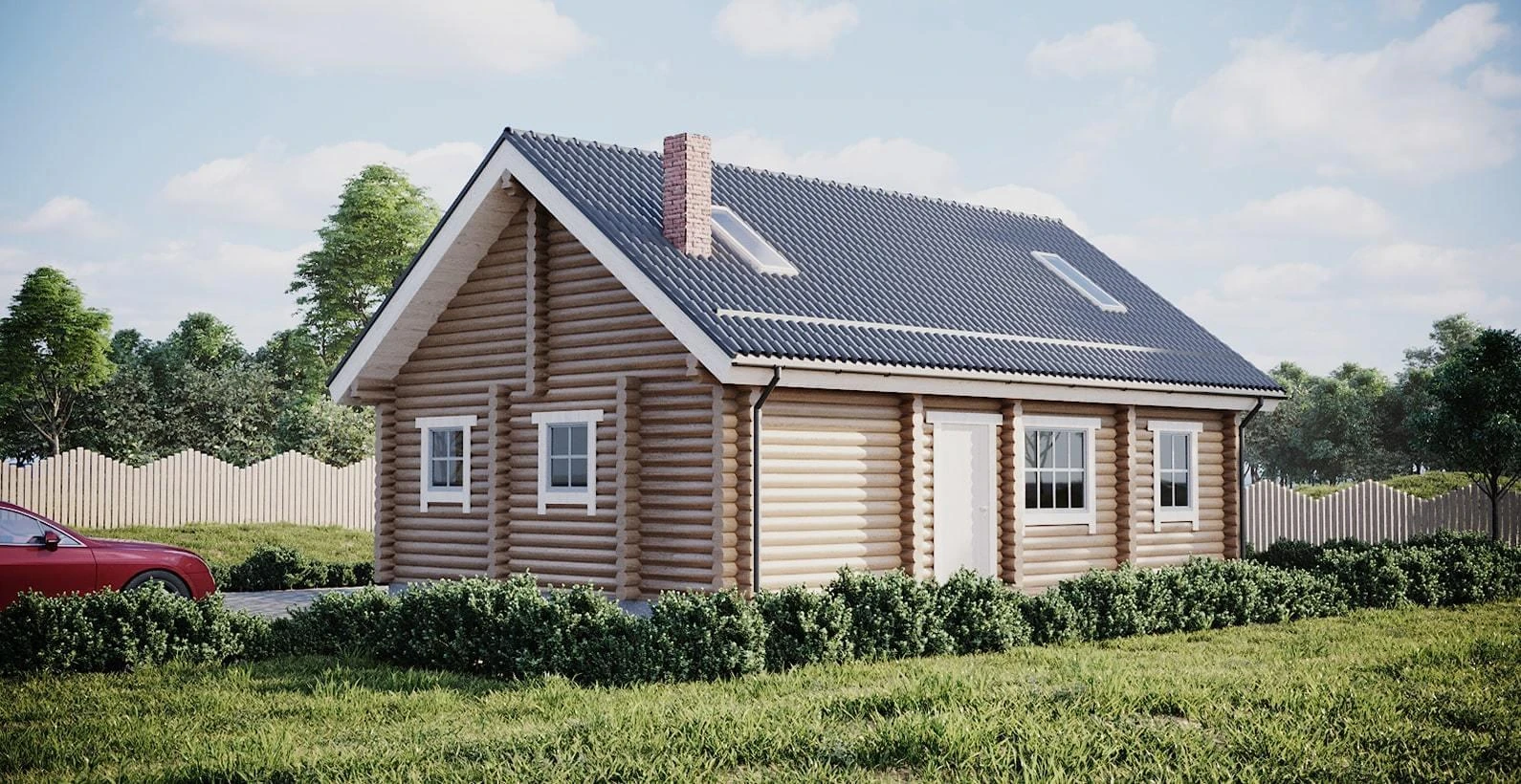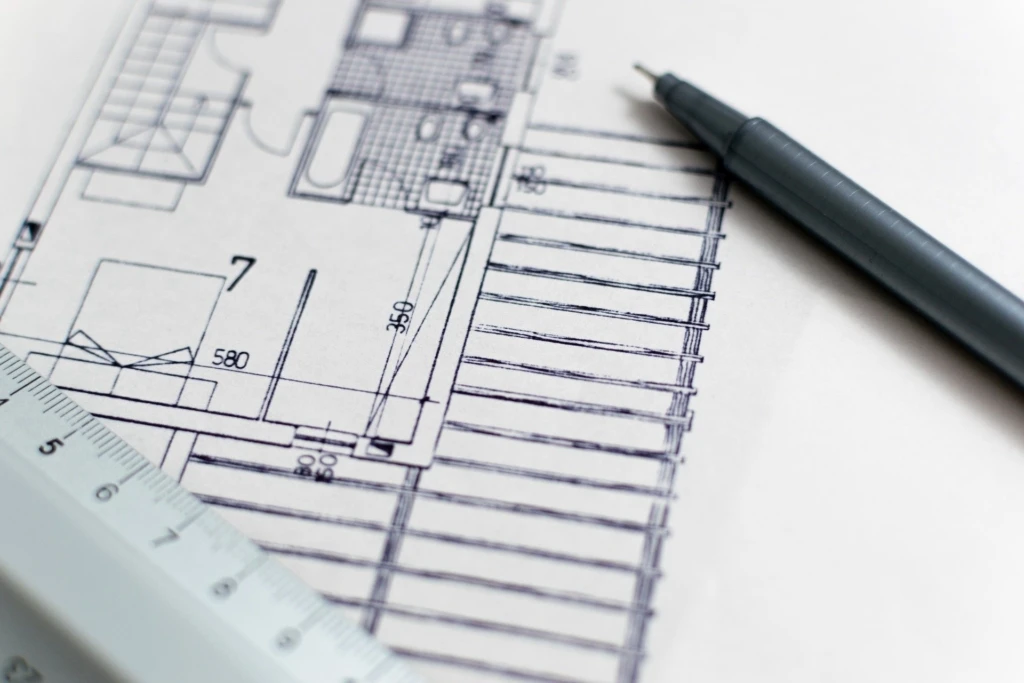Buying a Modular and Factory-Built House with a Bank Loan: How It Works and What to Consider

Modular and factory-built homes are becoming increasingly popular because they can be completed quickly and their construction quality is constantly improving. However, financing the purchase of such homes can be confusing, as their completion process is somewhat different from traditionally built houses.
While builders of traditionally built homes typically request payment after the house is completed, manufacturers of modular and factory-built homes usually want payment upfront. Since loan funds can only be disbursed when sufficient collateral exists and an unbuilt house cannot be used as collateral, it is necessary to map out both the total cost of the house project and the possibilities for using personal financing or collateral when applying for a loan. It should be mentioned right from the start that if the house price is below 30,000 euros, it is possible to use an unsecured loan, also known as a home mini-loan, which has no personal financing requirement. If the amount is larger, then a personal financing requirement and the need to set collateral come into play.
What should you pay attention to before construction?
The elements of modular and factory-built homes are manufactured in a factory. Simply put, in both cases we are dealing with factory-built homes, but the elements of a modular home are assembled into modules in the factory, while a factory-built home is assembled on the homebuyer's plot of land. However, applying for a bank loan works the same way in both cases.
Mapping out a house project begins with finding a suitable plot of land for both modular and factory-built homes. You should also pay attention to whether the property has access to central water and sewerage, or if you need to install a local tank and well there. Of course, the presence of electricity is also important, as connecting to electricity can mean a considerable additional cost depending on the location.
You should separately review the nuances related to access: whether it exists, who it belongs to, and how its use has been agreed upon. If there is no access road, you need to assess how to create year-round access and how much it would cost.
Once a suitable plot of land exists or has been found, the next step is choosing a specific modular or factory-built home. When browsing offers, in addition to the size and appearance of the house, you should also look at what is included in the price. Some manufacturers offer turnkey solutions – nowadays it is possible to buy a summer house that is brought to your plot of land and which you can move into immediately. Other manufacturers leave many tasks cheaper by having the homeowner order them, such as foundation construction.
What can you use as additional collateral?
After determining the total cost of the house project, you need to think about personal financing. To obtain a loan, at least 15% personal financing is generally required, but the specific amount depends on the existence and value of additional collateral.
What can be used as additional collateral? One security is typically the plot of land on which the house will be built, but during the construction period, an existing residential property is often used as well.
Collateral must be valued by an accepted real estate appraiser in order to obtain a loan. The expert appraisal of the plot selected for house construction should include both the current and future market value. The current market value provides information on how much loan can be given against the plot, and the future market value provides an estimate of how much the property will be worth once a house has been built on it.
The future market value is also important for the owner to assess whether the total acquisition cost of the house together with the plot is lower or higher, and whether the release of additional collateral without partial loan repayment is possible.
If the project calculation is detailed, personal financing or additional collateral is in place, and the construction phases are clear, this gives both the borrower and the bank clarity on whether and how much loan funds can be used. Applying for a loan should start with submitting an application, and you should be prepared for the fact that after income is requested, expert appraisals of the collateral and a house offer are also requested, which includes information about cash flow.




